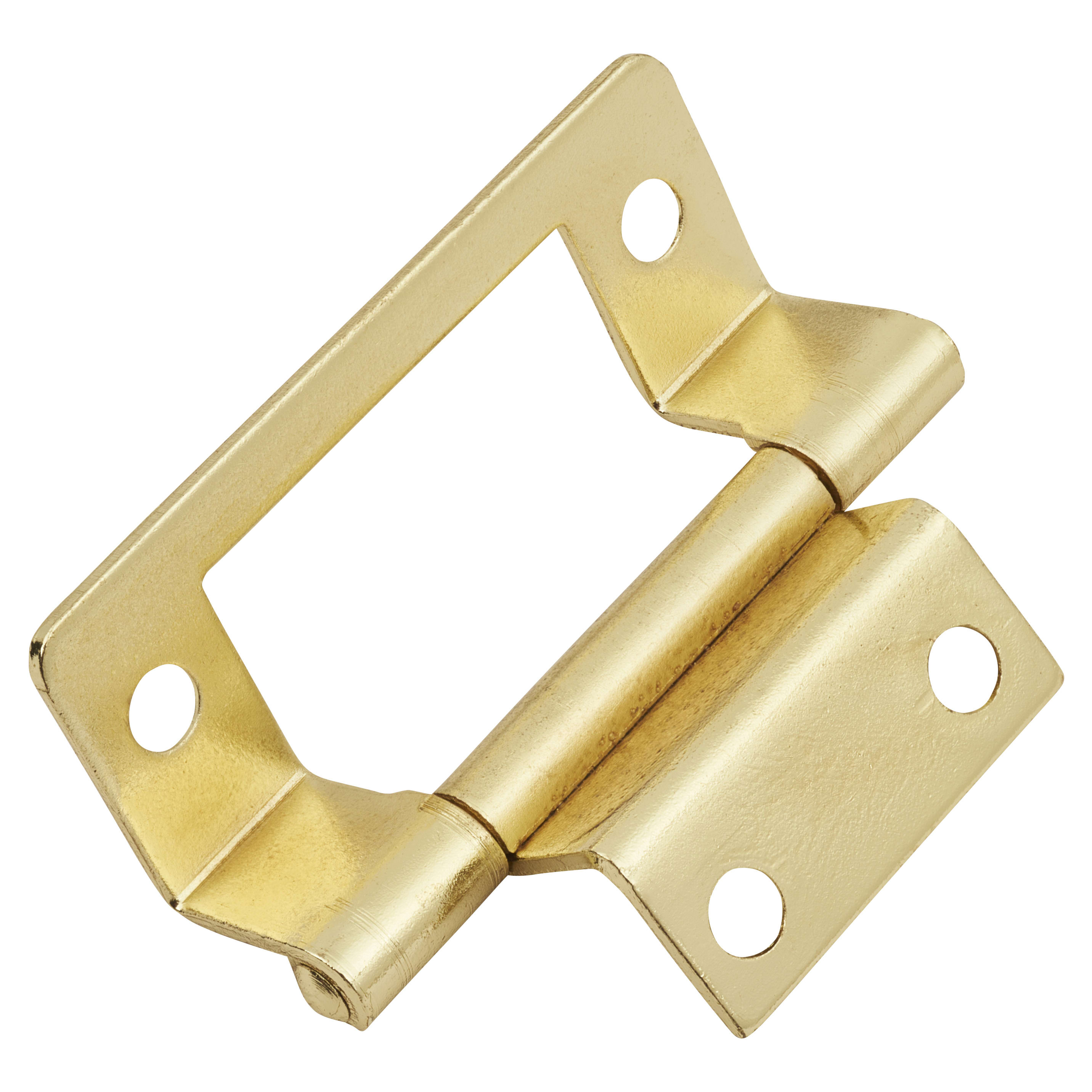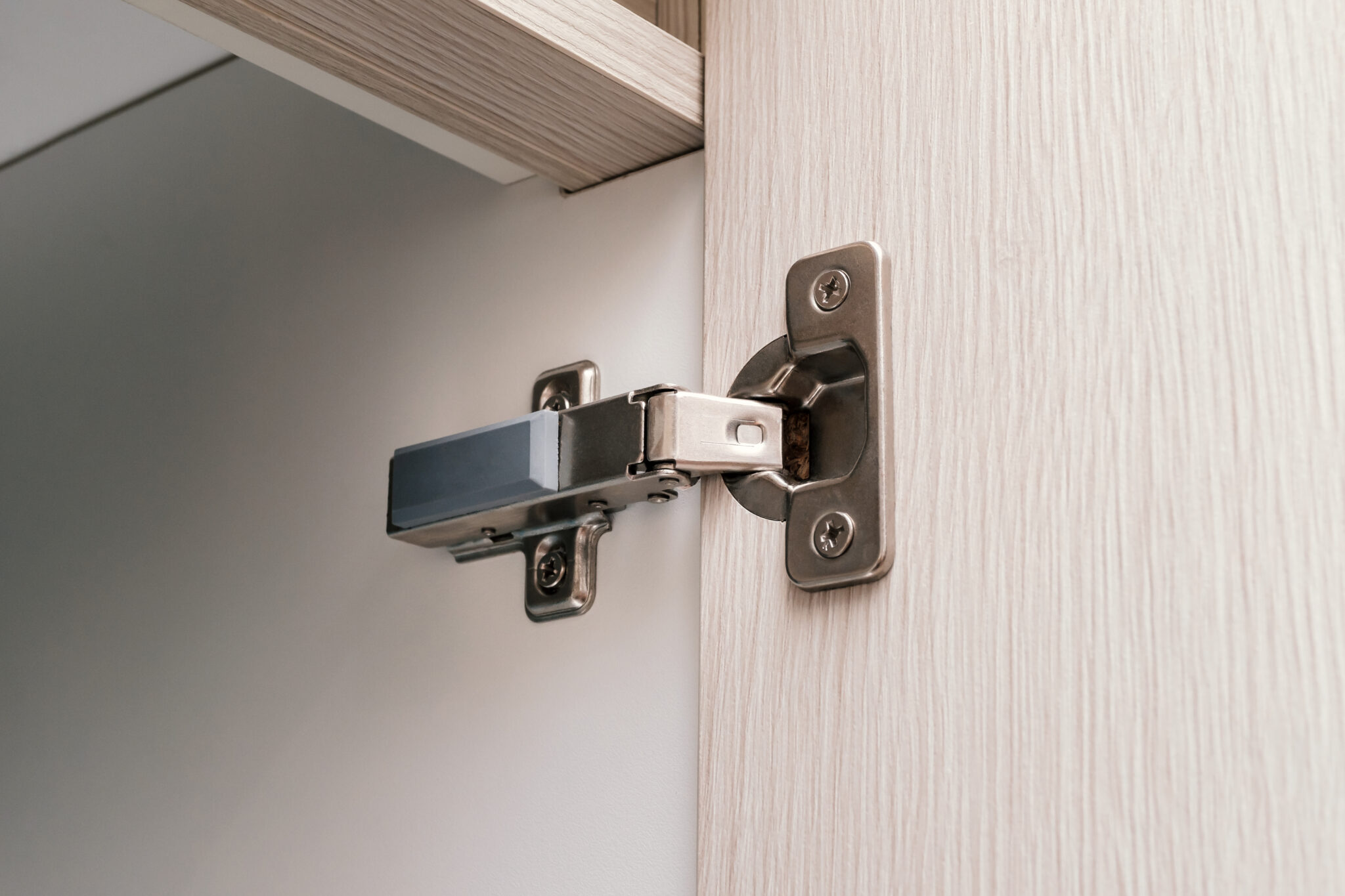Inset Cabinet Door Hinge Types

Choosing the right hinges for your inset cabinet doors is crucial for both aesthetics and functionality. Getting it wrong can lead to frustrating misalignments and a less-than-perfect finish. This guide breaks down the common types, helping you make an informed decision for your next project, Medan style!
Inset Cabinet Door Hinge Types: Full Overlay, Partial Overlay, and Full Inset
Inset cabinet doors, unlike overlay doors, sit completely flush with the cabinet frame. This sleek, minimalist look requires specific hinges designed for this installation. Three main types cater to different design preferences and cabinet constructions: full overlay, partial overlay (sometimes called semi-inset), and full inset.

Inset cabinet door hinge types – Full Overlay Inset Hinge: This type allows the door to completely cover the cabinet frame when closed. The hinge is positioned so that the door overlaps the frame’s edge. The diagram shows a side view, illustrating the door completely covering the cabinet frame. The hinge is mounted on the inside of the cabinet frame and the door.

Partial Overlay Inset Hinge: This offers a compromise between full overlay and full inset. The door partially overlaps the cabinet frame, creating a less dramatic look than a full overlay. The image depicts the door slightly overlapping the frame. Hinge placement is adjusted to achieve this partial overlap.

Full Inset Hinge: The door sits completely flush with the cabinet face, offering a clean, modern aesthetic. The hinges are meticulously positioned to ensure the door sits perfectly within the frame. The illustration highlights the door’s flush alignment with the cabinet frame, with hinges concealed within the cabinet’s side.
Comparison of Inset Cabinet Door Hinge Types
Understanding the nuances of each hinge type is key to a successful installation. Here’s a comparison table:
| Hinge Type | Functionality | Application | Advantages/Disadvantages |
|---|---|---|---|
| Full Overlay Inset | Door completely covers cabinet frame | Modern kitchens, contemporary designs | Advantages: Clean look, hides frame imperfections. Disadvantages: Requires precise measurements, less versatile for different cabinet thicknesses. |
| Partial Overlay Inset | Door partially covers cabinet frame | Transitional styles, balance between modern and traditional | Advantages: Versatile, accommodates various cabinet thicknesses. Disadvantages: May not fully hide frame imperfections. |
| Full Inset | Door sits completely flush with frame | Traditional, minimalist, custom cabinetry | Advantages: Clean, seamless look. Disadvantages: Most challenging installation, requires precise measurements and adjustments. |
Inset Cabinet Hinge Installation Procedures, Inset cabinet door hinge types
Proper installation is critical for smooth operation and longevity. Here’s a breakdown for each type:
The following steps provide a general guideline; specific instructions may vary depending on the hinge manufacturer and cabinet construction.
Full Overlay Inset Hinge Installation:
- Precisely measure and mark hinge locations on both the door and cabinet.
- Attach the hinge cups to the cabinet sides using appropriate screws.
- Attach the hinge leaves to the door, ensuring perfect alignment with the cups.
- Adjust hinge screws for optimal door alignment and closure.
Partial Overlay Inset Hinge Installation:
- Measure and mark hinge locations, considering the desired degree of overlap.
- Install hinge cups on the cabinet, ensuring they’re positioned correctly for the partial overlap.
- Attach hinge leaves to the door, aligning them with the cups.
- Adjust hinges to achieve the desired overlap and smooth door operation.
Full Inset Hinge Installation:
- Extremely precise measurements are crucial; even slight errors will be noticeable.
- Install the hinges carefully, paying close attention to alignment.
- Multiple adjustments are often necessary to achieve a perfectly flush fit.
- Consider using a hinge template for accurate placement.
Visual Guide to Inset Cabinet Hinge Placement
Imagine a detailed illustration showing a cabinet with an inset door. The hinges are mounted on the inside edge of the cabinet side, precisely aligned with corresponding hinge cups on the door. The door is shown in both open and closed positions, demonstrating the flush fit with the cabinet frame. The image highlights the critical alignment of the hinge cups and leaves, emphasizing the need for precise measurements and adjustments during installation. Notice the subtle gap (or lack thereof) between the door and the cabinet frame in the closed position – a testament to a perfectly installed hinge system. Different hinge types are shown, highlighting the variation in door-to-frame relationship. The illustration clearly shows how the hinge placement varies for full overlay, partial overlay, and full inset hinges.
Choosing the Right Inset Cabinet Door Hinge

Picking the perfect inset cabinet door hinge might seem daunting, but with a little knowledge, it’s a breeze! The right hinge ensures your beautiful cabinets open and close smoothly, adding that polished touch to your kitchen or bathroom. This section breaks down the key factors to consider when making your selection.
Cabinet Style and Hinge Compatibility
The style of your cabinets significantly impacts the hinge choice. A modern minimalist design calls for a different hinge than a traditional shaker style. The hinge should complement the overall aesthetic, not clash with it.
- Modern/Minimalist Cabinets: These sleek designs often pair well with concealed hinges, offering a clean, uncluttered look. The hinges are hidden within the cabinet frame, creating a seamless appearance.
- Traditional/Shaker Cabinets: These cabinets typically use exposed hinges, often with decorative features. Full overlay hinges or hinges with visible detailing are common choices, enhancing the traditional aesthetic.
- Rustic/Farmhouse Cabinets: A rustic feel might benefit from hinges with a slightly more aged or distressed finish, complementing the overall character of the cabinets. Black or oil-rubbed bronze finishes are popular choices here.
Hinge Features and Specifications
Choosing the right hinge involves more than just aesthetics. Material, finish, and weight capacity are critical considerations for long-term performance and durability.
| Feature | Full Overlay Hinge | Half Overlay Hinge | Concealed Hinge |
|---|---|---|---|
| Material | Steel, zinc alloy | Steel, zinc alloy | Steel, zinc alloy |
| Finish | Variety available (nickel, bronze, etc.) | Variety available (nickel, bronze, etc.) | Variety available (nickel, bronze, etc.) |
| Weight Capacity | Varies depending on hinge size and manufacturer | Varies depending on hinge size and manufacturer | Varies depending on hinge size and manufacturer |
| Installation | Relatively easy | Relatively easy | Can be more complex |
Determining Hinge Size and Type
The correct hinge size is crucial for proper door alignment and smooth operation. This requires measuring your cabinet door and calculating the appropriate hinge size.
- Measure Door Weight: Weigh your cabinet door accurately using a scale. This determines the required hinge weight capacity.
- Measure Door Height and Width: Measure the height and width of your cabinet door. This will influence the number of hinges needed and their placement.
- Calculate Hinge Placement: Typically, hinges are placed approximately 1/3 and 2/3 of the way up the door height. For larger doors, additional hinges may be necessary for support.
- Choose Hinge Size: Consult the manufacturer’s specifications to determine the appropriate hinge size based on door weight and dimensions. Consider the overlay type (full, half, or inset) to ensure correct fit.
- Consider Hinge Material: Select a hinge material (steel, zinc alloy, etc.) that matches the desired durability and aesthetic.
For example, a heavy, large cabinet door might require three hinges with a high weight capacity, while a smaller, lighter door might only need two. Always refer to the manufacturer’s recommendations for optimal performance.
Troubleshooting and Maintenance of Inset Cabinet Door Hinges: Inset Cabinet Door Hinge Types

Keeping your inset cabinet doors smoothly swinging is key to a stylish and functional kitchen. These hinges, while elegant, can sometimes present issues. Understanding common problems and how to fix them will save you time, frustration, and potentially a costly call to a repair person.
Common Problems with Inset Cabinet Door Hinges
Several issues can crop up with inset cabinet door hinges, impacting both the aesthetics and functionality of your cabinets. Addressing these problems promptly can prevent further damage and maintain the longevity of your hinges.
- Misalignment: Doors might not sit flush with the cabinet frame, leaving gaps or appearing uneven.
- Squeaking: A persistent squeak can be annoying and indicate a need for lubrication.
- Loose Screws: Over time, screws can loosen, leading to instability and potential damage.
Solutions and Repair Techniques for Inset Cabinet Door Hinges
Fixing these common problems is often straightforward, requiring basic tools and a bit of patience.
Addressing Misalignment: Misaligned doors usually stem from improperly adjusted hinges. Carefully examine the hinge screws, ensuring they’re tight. If they are, you might need to adjust the hinge screws themselves. Most inset hinges have small adjustment screws on the hinge itself that allow for fine-tuning of the door’s position. These screws usually allow for vertical and horizontal adjustment. Tighten or loosen these screws incrementally, testing the door’s alignment after each small adjustment. If the problem persists, the hinge itself might be faulty and require replacement.
Eliminating Squeaking: Squeaking is often caused by friction between moving parts. Apply a small amount of lubricating oil (like WD-40 or a specialized cabinet hinge lubricant) to the hinge pins and moving parts. Work the door open and closed several times to distribute the lubricant. If the squeaking persists, it might indicate worn hinge parts requiring replacement.
Tightening Loose Screws: If screws are loose, simply tighten them using a screwdriver. If the screw holes are stripped, you might need to fill them with wood glue and toothpicks, allowing it to dry before re-drilling and inserting new screws slightly larger in diameter. For larger holes, wood filler may be necessary before re-drilling.
Maintenance Schedule for Inset Cabinet Door Hinges
Regular maintenance significantly extends the life of your inset cabinet door hinges. This simple schedule will keep your doors working smoothly for years.
| Task | Frequency | Notes |
|---|---|---|
| Inspect hinges for looseness or damage | Annually | Check screws and hinge functionality. |
| Lubricate hinges | Semi-annually | Apply a small amount of lubricant to moving parts. |
| Tighten loose screws | As needed | Address any loose screws promptly. |
